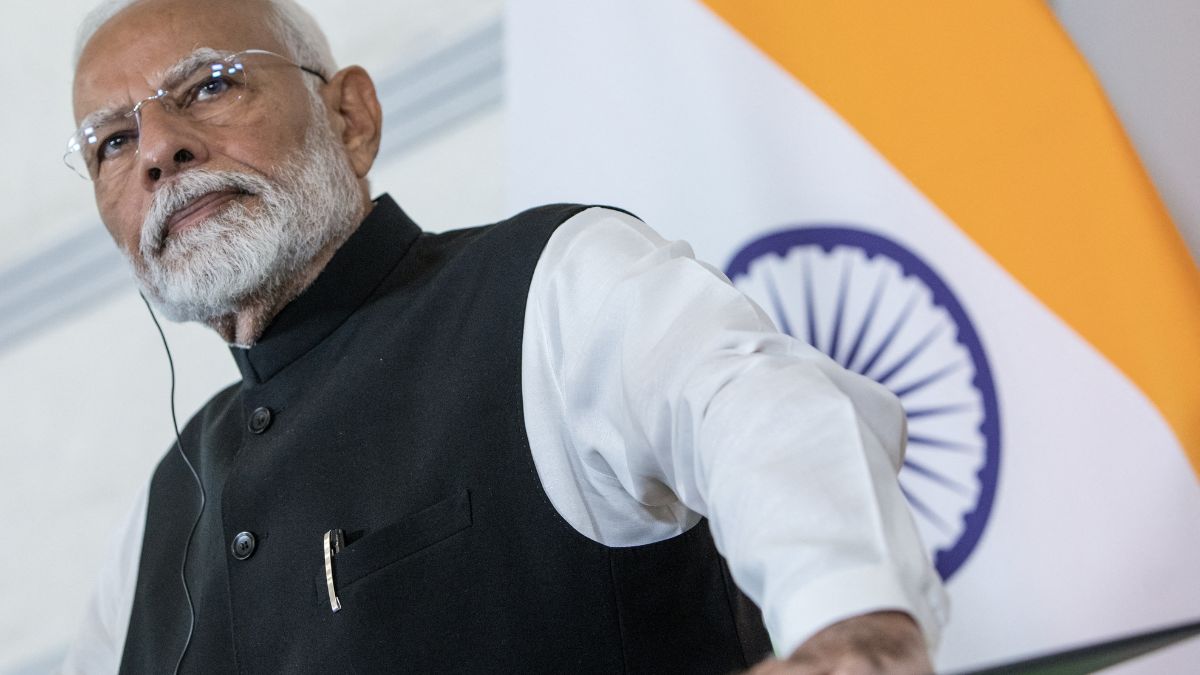Prime Minister Narendra Modi is in the US for a round of meetings on various agendas. On September 23, he is expected to address the Summit of the Future in the UN General Assembly, where he would focus on India’s efforts to fight against climate change. India, once viewed primarily with Western bias as a significant contributor to greenhouse gas emissions due to its rapid industrialisation and large population, has now positioned itself at the forefront of climate action. This trend is not just reshaping India’s domestic policies but is also influencing global climate diplomacy.
As a country where a priority is to lift millions out of poverty, India was often not very zealous with global climate initiatives that prioritised environmental concerns over economic growth. The argument was simple yet powerful: why should developing nations, stretching their limits, bear the burden of climate action when developed countries, responsible for the majority of historical emissions, continued their unsustainable practices?
This stance, however, started being updated in the early 2000s as India started recognising the severe impacts of climate change on its diverse ecosystems. From the melting Himalayan glaciers to the vulnerable coastal regions, the effects of global warming became increasingly apparent and urgent. This was the time when the Vajpayee government started hosting the Delhi Sustainable Development Summit that would later become the World Sustainable Development Summit. After 2004, India’s stand began to be consolidated as a sympathiser of environmental concerns, but the leadership position was far away.
The turning point in India’s climate diplomacy was the Paris Agreement of 2015. Instead of being perceived as a reluctant participant, India emerged as a key player in shaping the agreement. Prime Minister Narendra Modi’s announcement of ambitious renewable energy targets showcased India’s commitment to being part of the solution. India pledged to reduce its emissions intensity by 33–35 per cent by 2030 compared to 2005 levels and to achieve 40 per cent of its installed electricity capacity from non-fossil fuel sources by the same year.
Impact Shorts
More ShortsIndia and France founded the International Solar Alliance (ISA), an alliance with more than 120 signatory countries. India has made remarkable progress in expanding its renewable energy capacity. As of 2024, India’s installed renewable energy capacity reached 199.52 GW, with solar power contributing 89.43 GW. Domestically, India has also launched the National Hydrogen Mission and Faster Adoption and Manufacturing of Hybrid and Electric Vehicles (FAME) to combat climate change.
The Modi government’s approach to climate change has significantly influenced its foreign policy and diplomatic efforts. The country has positioned itself as a bridge between the developed and developing worlds, advocating for climate justice while also taking significant steps towards mitigation and adaptation. India has been positioning itself as a leader of the Global South through initiatives like the ISA and has been pushing for technology transfer from developed to developing countries to make climate change solutions more accessible and affordable.
India’s approach to climate change not only sets a new standard for political engagement with environmental issues but also offers valuable lessons for nations worldwide in balancing development, sustainability, and global leadership.
The writer is an independent columnist who writes on international relations, and socio-political affairs. Views expressed in the above piece are personal and solely those of the author. They do not necessarily reflect Firstpost’s views.


)

)
)
)
)
)
)
)
)



